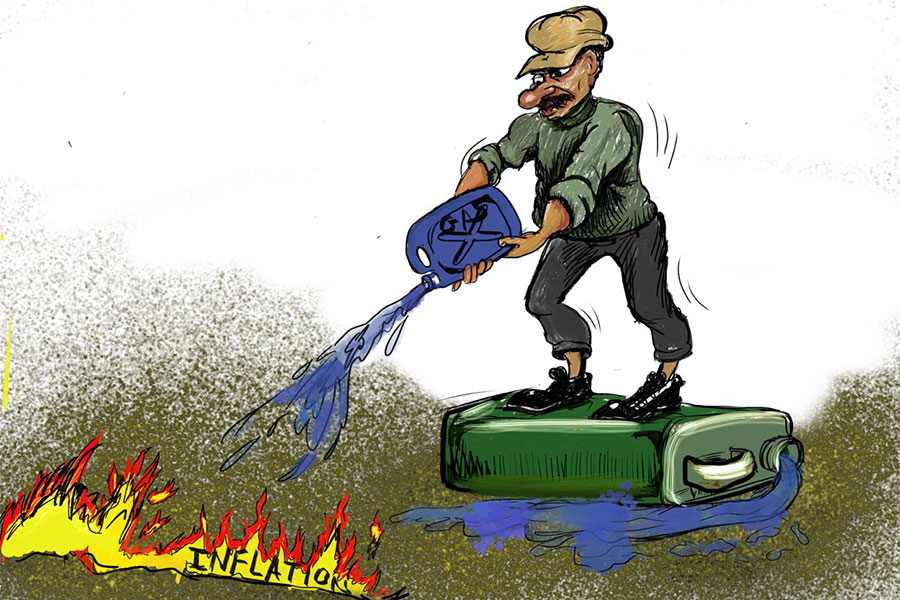
Editorial | May 07,2022
The blistering sun barely bothered 60-year-old Alemneh Eshetu as he strolls from one vendor to another looking to buy an affordable chicken. With his red coat and hat to cover the inferno, he paces around with 1,000 Br in his pocket, expecting to secure a small-sized chicken and some butter to cook it with.
His limitations made him haggle with every vendor. He came out unsuccessful. The smallest chickens were selling for 1,000 Br. "It’s an unbearable price," he said, feeling like his wallet had shrunk.
He settled down to leaving the market with just a kilogram of butter (lega qibe) for 800 Br and throwing his other plans out the window. Alemneh lives off a 3,000 Br pension and some support from his children. It is all insufficient, especially where his severely eroded purchasing power makes it nearly impossible for him to sustain a living.
"I am unable to afford anything anymore," he said.
Shola Gebeya around the Megenagna is unmistakable for its pungent odour and the cackling of chickens bundled in baskets, only to be pulled out and marketed at every would-be buyer. Shoppers size up the chickens, only to swiftly leave when hearing the price.
Discouraged salesmen like Shiferaw Tesfa, who brought 250 chickens primarily from Wolaita, West Shoa Zone, and Hareri Regional State, was only able to sell 20 chickens in a week. "Most buyers hear the price and shy away," he said.
In this Christmas holiday market, the price of chicken hovers from 1,000 Br to 1,500 Br, showing a slight surge from the previous major holiday—the new year holiday in September—where prices ranged from 800 Br to 1,400 Br. Vendors blame inflated feed prices and transportation costs.
Eggs from local breeds fetch 16 Br in the market, leaving many to resort to the less flavourful foreign type sold at 12 Br in bid to save. A kilogram of butter (lega qibe) shot up by 100 Br in just the past two weeks, fetching 850 Br for varieties brought over from Wellega and Gojam zones.
On the other side of Addis Abeba, Qera has become a transformed market arena after the corridor development project wiped out marketplaces that buyers were accustomed to. Sheep traders have been exiled, making the once active market area feel blazingly quiet. This has cast a sense of dread over the Qera market this Gena holiday season.
The massive development project, which began several months ago, has displaced 18 sheep sellers. Two vendors were forced to relocate their sheep flocks to the corners of the market, facing decreased visibility and potential loss of customers.
Zeid Ahmed, 33, crammed 150 of his sheep into a narrow space. Despite efforts to secure temporary holiday selling grounds, he was unsuccessful, leaving him to settle his flock in an area used for other purposes. "We had to beg property owners just to settle here," he told Fortune.
"I haven't been able to sell anything as my sheep are not visible," Zeid mutters, gesturing to his flock. "We have been left hanging.”
While officials acknowledge the need for a temporary market, they maintain that providing a permanent solution falls outside their jurisdiction. Samuel Yohannes, head of the Nifas Silk Lafto district’s wereda 05 office, explained that his office has actively worked to accommodate vendors during the holiday season, looking to ensure a smooth market experience. He admitted, however, that finding suitable spaces for sheep and goat vendors has proven challenging, as many potential locations have been allocated for development projects.
“We did what we could to provide temporary spaces,” Samuel told Fortune. “The rest is beyond our mandate.” He emphasized that lobbying efforts are the only recourse for securing permanent spaces that can effectively support the needs of the vendors.
With selling spots diminished, the price of sheep has exhibited a moderate increase from September with prices ranging from 7,000 Br to 30,000 Br, up from 5,000 Br to 20,000 Br from the last holiday.
In contrast, the bovine market situated a short distance away appeared to be faring better. Its location, further removed from the main road, had shielded it from the disruptive impact of development-related demolitions. Under the scorching midday sun, dozens of bovines leisurely strolled on the muddy ground.
Cattle from Harer, Wellega, Jimma and Bahir Dar were sold at increased prices for higher-end stock, fetching between 45,000 Br and 300,000 Br. The last holiday’s prices were from 55,000 Br to 200,000 Br.
Vendors such as Bekele Eshetu eagerly wait to talk any customer that may glance it his 15 bovines that he attractively lined. Bekele attributes the surge in bovine prices to inflated logistics costs. He pointed out that drivers charge 90,000 per truckload, as they claim to have to pay unofficial fees at various checkpoints, especially on the roads in Amhara Regional State.
"I was forced to halve the number of cattle I brought to the capital’s market," he said.
At a distance, 33-year-old Abinet Shumete hops from vendor to vendor, haggling for hours for better prices. With a 90,000 Br budget contributed by six people, he struggled to find something suitable as the cattle type he had in mind are quoted at 130,000 Br. "We didn't agree for this," he said thinking of where else he could try.
"Things have surely changed in a short time frame" Abinet told Fortune, referring to the continuing growth of prices.
Integral to holiday meals, onions are selling for a staggering 130 Br a kilogram, pressing down on holiday spirits. Red pepper (berbere), the source of flavour for any well-made chicken stew (do'ro wet) is selling for 500 Br a kilo, while black cumin cost around 450 Br, rising from 350 Br in September. A kilo of cardamon is sold at 1,500 Br per kilo, rising by a heavy 400 Br.
The Addis Abeba Trade Bureau conveys optimism that three newly established agricultural market centres in Akaki, Lemi Kura, and Kolfe Qeranio districts will offer more competitive prices compared to traditional markets. Meketa Adafre, head of trade expansion & control at the Bureau, stated that they conduct regular inspections, visiting the centres thrice weekly, to ensure prices remain affordable, reportedly 20pc lower than those found in regular markets.
Meketa emphasized that the primary objective of these centres is to mitigate food inflation by streamlining the supply chain between farmers and consumers. He asserted that a kilogram of onions is currently priced at 90 Br at the centres and Sunday markets, while eggs are available for 11 Br.
"Buyers just need to source produce from these markets," he said, while still acknowledging difficulties facing certain sellers in the inner city.
"Our goal is to make prices affordable," Meketa told Fortune.
In the heart of Addis Abeba, on Yohanis St., on the former parking lot of Spa Service Enterprise (Filwuha), a new market place has propped up. Covering a total of 6,000sqm and holding over 80 small and medium enterprises, manufactured products were showcased with blistering music and huge banners on the outside inviting onlookers into the open space. Products from clothing to detergents, and woodworks to food were marketed.
Jorka Events Organizer partnered with the Ethiopian Enterprise Development to organize the holiday bazaar aiming to bring producers and buyers close.
One of the selected vendors, hailing from Tigray, Haleka Zekios Honey & Honey By-products Plc, had four honey types in one- and two-kilogram packaging. Prices vary based on colour and size with white honey commanding the highest price tag at 2,000 Br per kilo, followed by the yellow variant at 1,500 Br, while red honey sells for 1,000 Br.
The general manager, Mulugeta Zekios, states that the business is going well, with most customers opting for the yellow variant.
Based in Adwa, in the heart of Tigray, his company had fallen victim to the two-year war and faced huge damage, losing the majority of its machines to looting. "We are now reviving,” he said as he prepares to enter export markets.
Nearby, another vendor was selling honey sourced from Bonga in Keffa zone of South West Ethiopia Regional State for 800 Br.
Other marketed products at the inaugural bazaar included Cardamom for 160 Br per 50g and white and black cumin, both selling for 120 Br per 50g. Edible oil prices ranged from 200 Br for one litre and 1,380 Br for five litres.
Jorka Events Organiser plans to expand on the bazaar. Its managing director, Aga Abate informed of plans to create a permanent market in the space incorporating large-scale manufacturers which would sell at competitive prices. "We are aiming big for this market place,' he said. He noted 60 million Br was invested on making the former parking lot suitable for a holiday market space.
Economist Arega Shumete (PhD) argues that the government's claims of declining inflation contradict the reality of rising food inflation. He believes stagflation has occurred, where a combination of stagnant economic growth and rising inflation is placing a substantial burden on consumers who are facing a broad range of increasing prices.
A recent report by the World Food Program (WFP) and United Nations recalled that Ethiopia is experiencing high food prices—up to 25pc higher than levels seen last year. It also revealed that around 15.8 million people are facing high levels of acute food insecurity and are in need of assistance.
Arega further suggests that the displacement of many buyers from inner cities to the outskirts has created a widening gap between supply and demand, exacerbating economic limitations.
He called for policy interventions to address the main bottlenecks causing inflation and malfunction of domestic food markets. He called for policies that would curb rising food prices by promoting increased yields through research, extension services, and improved trade infrastructure.
He also pointed out that technological innovations which improve productivity need to be widely implemented.
"There needs to be reform in consumer culture," he added.
PUBLISHED ON
Jan 05,2025 [ VOL
25 , NO
1288]

Dec 22 , 2024 . By TIZITA SHEWAFERAW
Charged with transforming colossal state-owned enterprises into modern and competitiv...
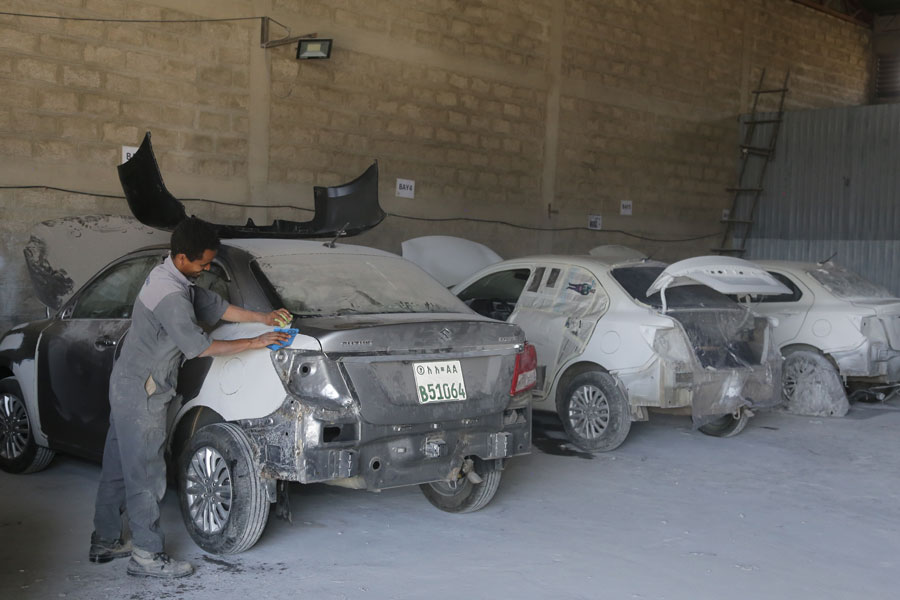
Aug 18 , 2024 . By AKSAH ITALO
Although predictable Yonas Zerihun's job in the ride-hailing service is not immune to...
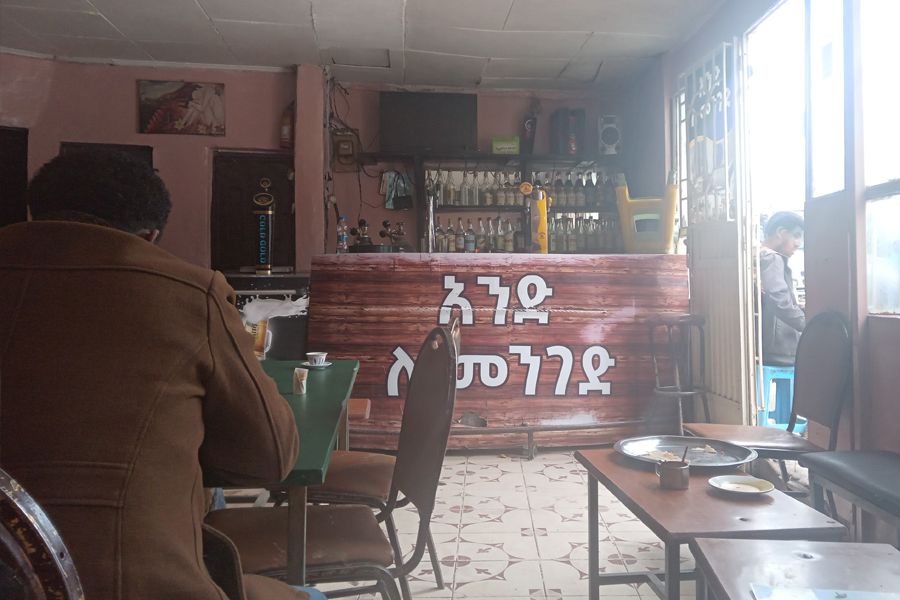
Jul 28 , 2024 . By TIZITA SHEWAFERAW
Unhabitual, perhaps too many, Samuel Gebreyohannes, 38, used to occasionally enjoy a couple of beers at breakfast. However, he recently swit...
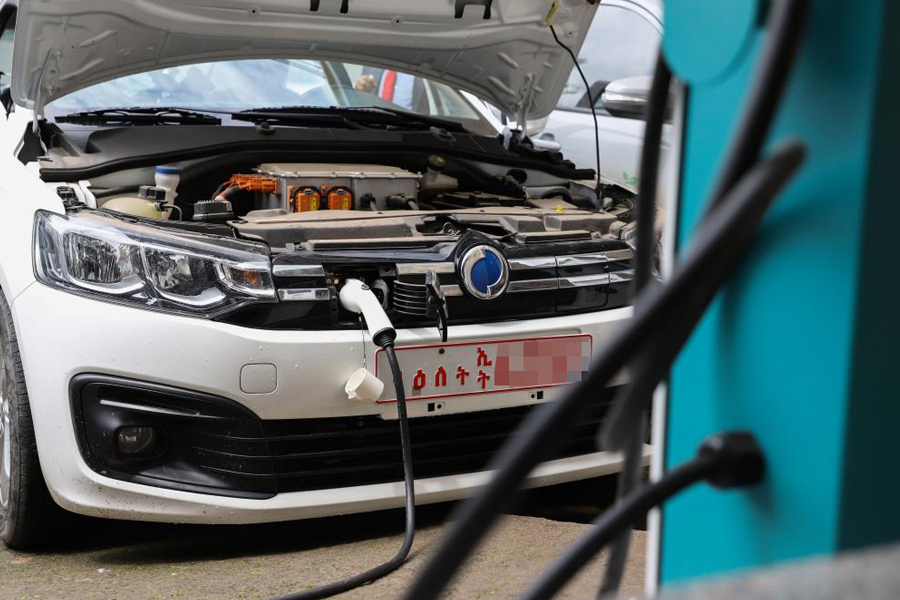
Jul 13 , 2024 . By AKSAH ITALO
Investors who rely on tractors, trucks, and field vehicles for commuting, transporting commodities, and f...
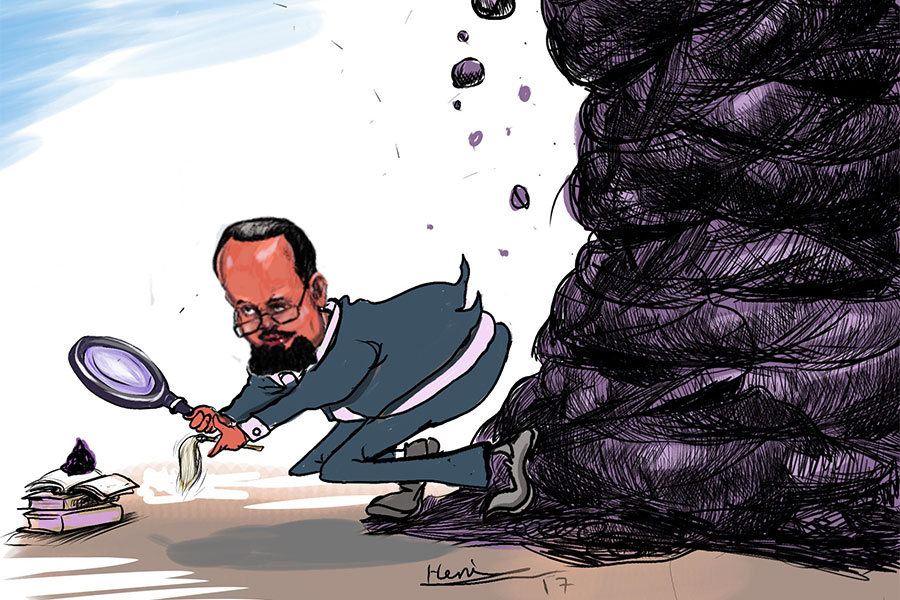
Jun 28 , 2025
Meseret Damtie, the assertive auditor general, has never been shy about naming names...
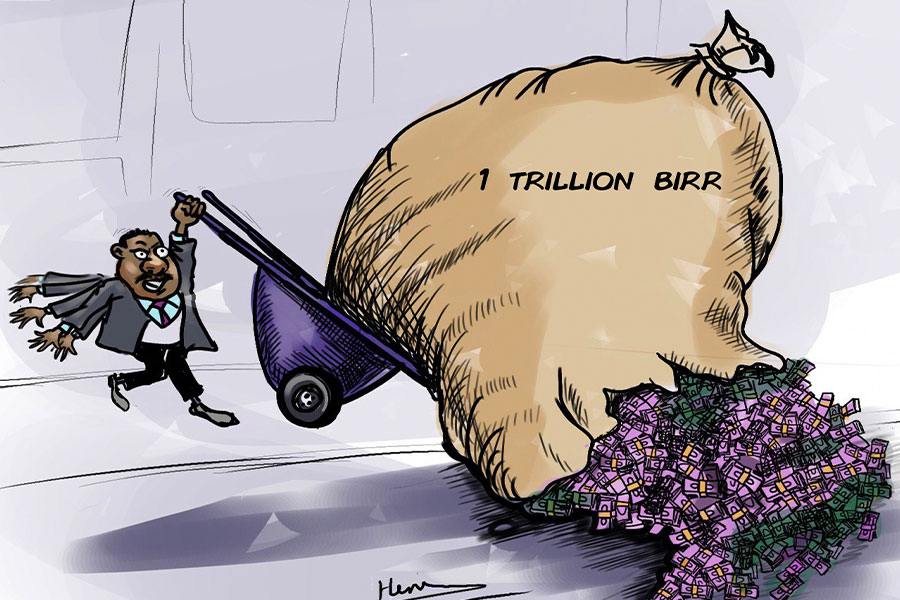
Jun 21 , 2025
A well-worn adage says, “Budget is not destiny, but it is direction.” Examining t...
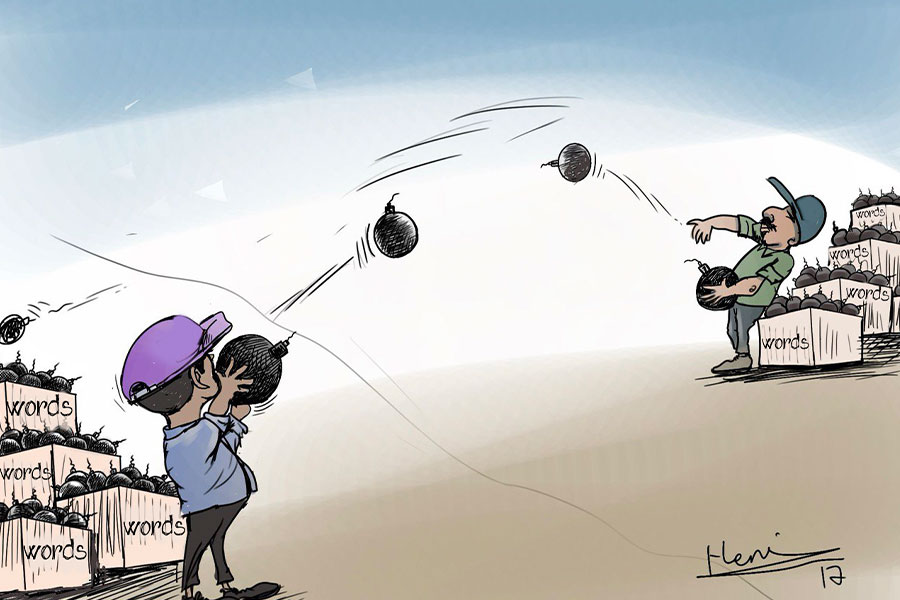
Jun 14 , 2025
Yet again, the Horn of Africa is bracing for trouble. A region already frayed by wars...

Jun 7 , 2025
Few promises shine brighter in Addis Abeba than the pledge of a roof for every family...